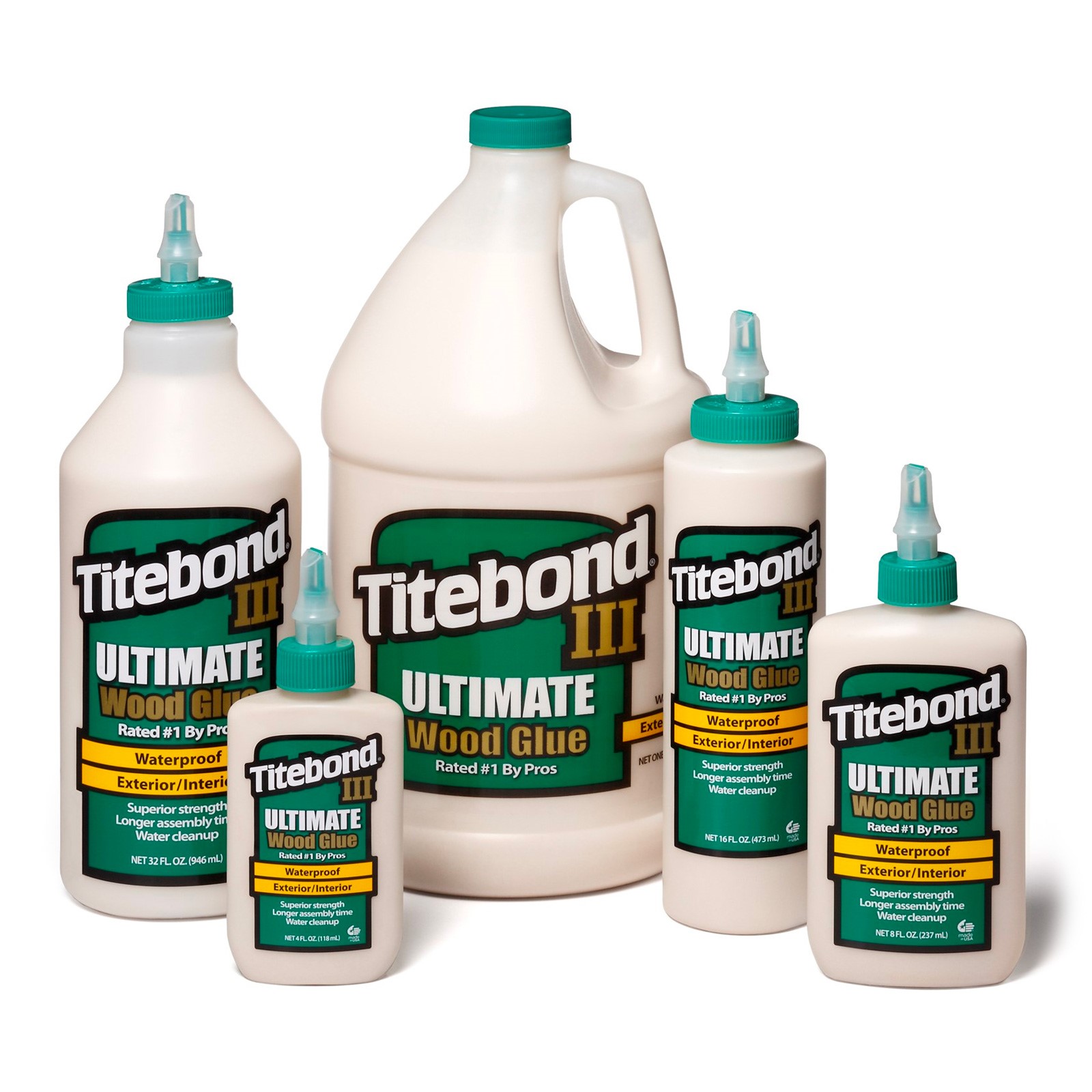Glues are not just a toolkit staple; they are a fundamental component in many repair and construction projects, spanning numerous materials and environments. Choosing the right glue is not merely a technical decision; it affects the structural strength, finish, and longevity of any project. In this guide, we delve into the nuances of selecting and applying the most suitable woodworking Titebond glues for different projects.
Exploring the Versatility of Titebond Glues
Titebond adhesives are among the most revered in the woodworking community, each formulated for specific applications and environments. The chemical makeup of these glues determines their appropriateness for different environmental conditions and material types, making it important to match the glue to the project's demands.
Titebond Original: The hallmark of Titebond Original is its strong, rapid-setting nature, ideal for indoor projects where moisture is minimal. Its quick set time facilitates fast assembly, essential for projects requiring a swift completion. However, its lack of water resistance confines its use to interiors, away from the potentially damaging effects of moisture.
Titebond II Premium: Stepping up in terms of functionality, Titebond II Premium offers water resistance, making it suitable for pieces that might encounter moist environments such as outdoor furniture or bathroom fixtures. The extended set and tack times allow for more flexibility during assembly, which can be particularly useful for complex projects or when precise alignment is crucial.
 Titebond III Ultimate: As the most advanced in the series, Titebond III not only provides waterproof characteristics but also excels in versatility across different temperatures, making it perfect for outdoor construction that must withstand various weather conditions. Its waterproofing capabilities ensure that it can be used in projects from decks to marine woodworking, where exposure to water is frequent.
Titebond III Ultimate: As the most advanced in the series, Titebond III not only provides waterproof characteristics but also excels in versatility across different temperatures, making it perfect for outdoor construction that must withstand various weather conditions. Its waterproofing capabilities ensure that it can be used in projects from decks to marine woodworking, where exposure to water is frequent.
Specialised Glues for Unique Challenges

Beyond the commonly used woodworking glues, Titebond’s specialised adhesives play pivotal roles in handling unique or challenging materials and conditions.
Quick and Thick: Ideal for quick repairs and applications where a runny adhesive could be problematic, this glue sets within approximately 15 minutes and boasts a thicker consistency that prevents dripping. This makes it perfect for vertical applications where precision and cleanliness are paramount.
Hide Glue: Hide glue has been used in woodworking and other crafts for centuries. It is derived from collagen, which is then processed into a gelatinous substance. Hide glue, favoured in the restoration of antique furniture, offers a significant advantage: it can be softened or dissolved with moisture and heat, making it an excellent choice for applications where future disassembly or repair might be necessary.
Melamine Glue: Titebond Melamine Glue is designed for bonding wood, particleboard, MDF and other porous substrates to synthetic materials such as melamine, vinyl and HPL as well as metals. It offers a fast initial tack, yet has a longer open time that allows for the accurate alignment of working materials.
Cold Press Veneer Glue: Titebond Cold Press for Veneer is a high-quality, economical alternative to contact cement for large-scale bonding of veneers to flat surfaces. It is specifically formulated for cold press laminating of wood to solid woods, particleboard, MDF, plywood and other porous materials. Titebond Cold Press contains none of the harmful or corrosive fumes typical of most contact cements. It also prevents bleed-through on open-grained and unbacked wood veneers.
Expert Tips for Using Titebond Glues
To get the most out of Titebond glues, consider these tips:
Surface Preparation: Ensure that all surfaces to be glued are clean, dry, and free from dust and oil. Roughening the surfaces slightly with sandpaper can improve adhesion.
Application: Apply a moderate amount of glue to one surface, spreading it evenly. Too much glue can weaken the joint.
Clamping: Proper clamping is crucial to ensure that the glue sets correctly. Adjust the pressure according to the size and complexity of the joint, but avoid over-tightening, which can squeeze out too much glue and weaken the bond.
Clean Up: Use a damp cloth to wipe away any excess glue before it sets. For Titebond glues, water is usually sufficient for clean up.
Glue Application Tools
The evolution of glue application tools has significantly enhanced the efficiency and effectiveness of adhesive use in woodworking.
Glue Bot: This innovative bottle design ensures that glue is kept fresh, minimises waste, and allows for precise application. It’s particularly useful in a busy workshop setting where glue needs to be readily accessible and easy to manage.
Silicone Brushes: These brushes provide an easy-to-clean, precise tool for spreading glue, especially in tight or intricate areas. The silicone material ensures that the glue can be easily removed once dried, reducing waste and clean up time.
Selecting the Right Glue for Your Woodworking Project
The choice of glue can make or break a woodworking project. Factors to consider include the specific needs of the material, the environmental conditions it will face, and the desired durability of the joint. By choosing the right Titebond glue and applying it properly, you can enhance both the structural integrity and aesthetic quality of your woodworking projects.





